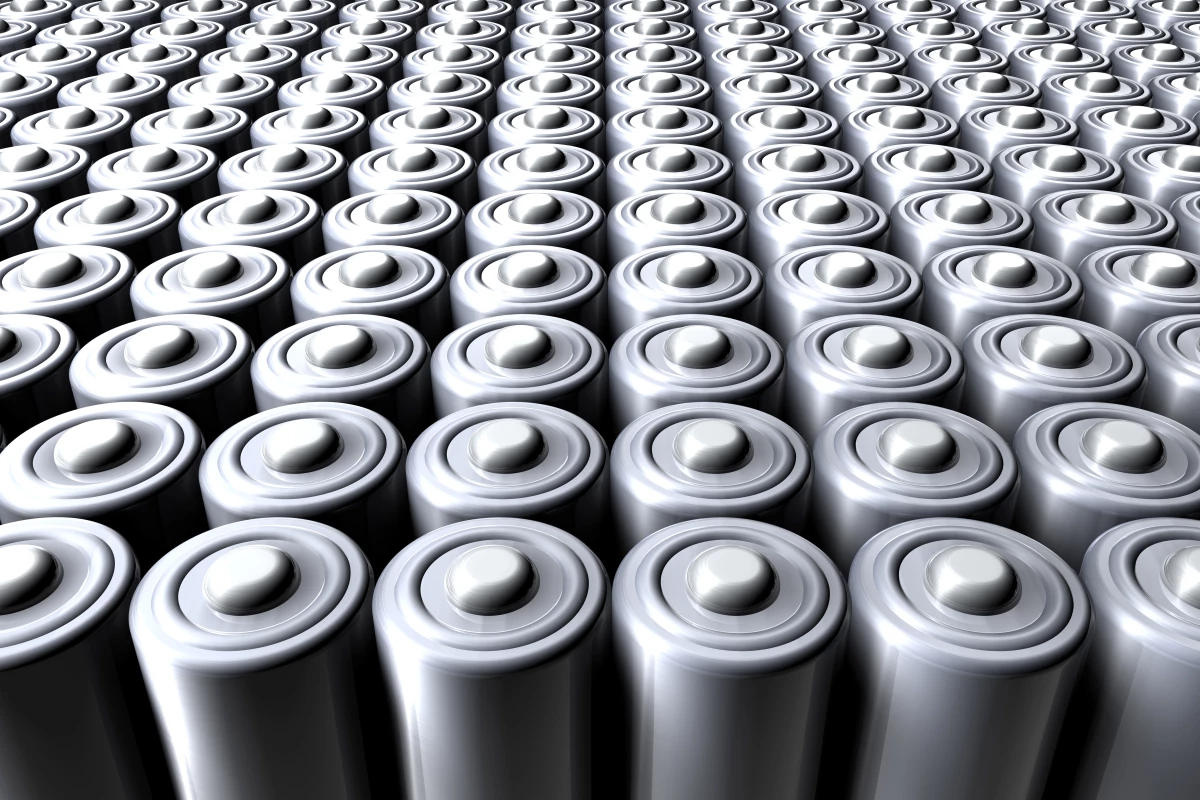One of the ways scientists hope to boost the performance of today's lithium-ion batteries is by incorporating silicon into the design, which could boost their capacity by as much as 10 times. A research team in Japan has come up with a way of doing this that overcomes the durability issues that have plagued these efforts so far, by relying on an anode component made out of tiny nano-scale arches that provide some much-needed strength.
Today's lithium-ion batteries consist of a pair of electrodes and an electrolyte solution to carry the lithium ions in between, with one of those electrodes, called the anode, made from graphite. This has served the devices well and seen them adopted for all kinds of uses, from smartphones, to laptops, to electric cars, but scientists see some exciting possibilities elsewhere.
“When a battery is being charged, lithium ions are forced to move from one side of the battery – the cathode – through an electrolyte solution to the other side of the battery – the anode," says Dr Marta Haro, first author of the new study. "Then, when a battery is being used, the lithium ions move back into the cathode and an electric current is released from the battery. But in graphite anodes, six atoms of carbon are needed to store one lithium ion, so the energy density of these batteries is low.”
Using silicon in place of graphite, meanwhile, could boost this energy density in significant ways, as each silicon atom can bind with four lithium ions. But efforts to achieve this have so far run into stability issues, as silicon doesn't offer the same durability as graphite, tending to expand, contract and break apart as the battery is cycled.
“Silicon anodes can store 10 times as much charge in a given volume than graphite anodes – a whole order of magnitude higher in terms of energy density,” says Dr. Haro. “The problem is, as the lithium ions move into the anode, the volume change is huge, up to around 400 percent, which causes the electrode to fracture and break.”
We've seen some creative solutions to this durability issue in silicon anodes, including working the material into sponge-like nanofibers, tiny spheres or sandwiching it in between sheets of carbon nanotubes.
Haro and a team of researchers at Okinawa Institute of Science and Technology Graduate University (OIST) are exploring yet another technique, involving a structure likened to a cake with layers of silicon placed in between metal nanoparticles. The team was experimenting with layers of silicon of differing thicknesses, and found one sweet spot that gave the material some very useful properties.
“The material became gradually stiffer, but then quickly decreased in stiffness when the thickness of the silicon layer was further increased," says study author Theo Bouloumis. "We had some ideas, but at the time, we didn’t know the fundamental reason behind why this change occurred.”
Closer inspection revealed that when the silicon atoms are deposited onto the metal nanoparticles, they form tiny columns in the shape of inverted cones that are thicker towards the top. This means that as more silicon atoms are deposited and the columns grow in height, they grow wide enough to touch each other and form a nanoscale arch structure.

“The vaulted structure is strong, just like an arch is strong in civil engineering,” says Dr Panagiotis Grammatikopoulos, senior author of the study. “The same concept applies, just on a nanoscale.”
When these columns stand on their own, they are wobbly and unable to add any strength or stability to the anode, but if they grow too tall it creates a spongey structure full of holes that is too weak. So it is only at this sweet spot do the silicon arches provide the anode with the structural boost they need, with testing showing that the resulting battery had an increased charge capacity and was able to withstand more charge cycles.
While this bodes well for the future of silicon anodes in lithium batteries, the researchers see potential for their new arch-like nanostructures to be used elsewhere in material science.
“The vaulted structure could be used when materials are needed that are strong and able to withstand various stresses, such as for bio-implants or for storing hydrogen,” says Dr. Grammatikopoulos. “The exact type of material you need – stronger or softer, more flexible or less flexible – can be precisely made, simply by changing the thickness of the layer. That’s the beauty of nanostructures.”
The research was published in the journal Communications Materials.
Source: Okinawa Institute of Science and Technology Graduate University




